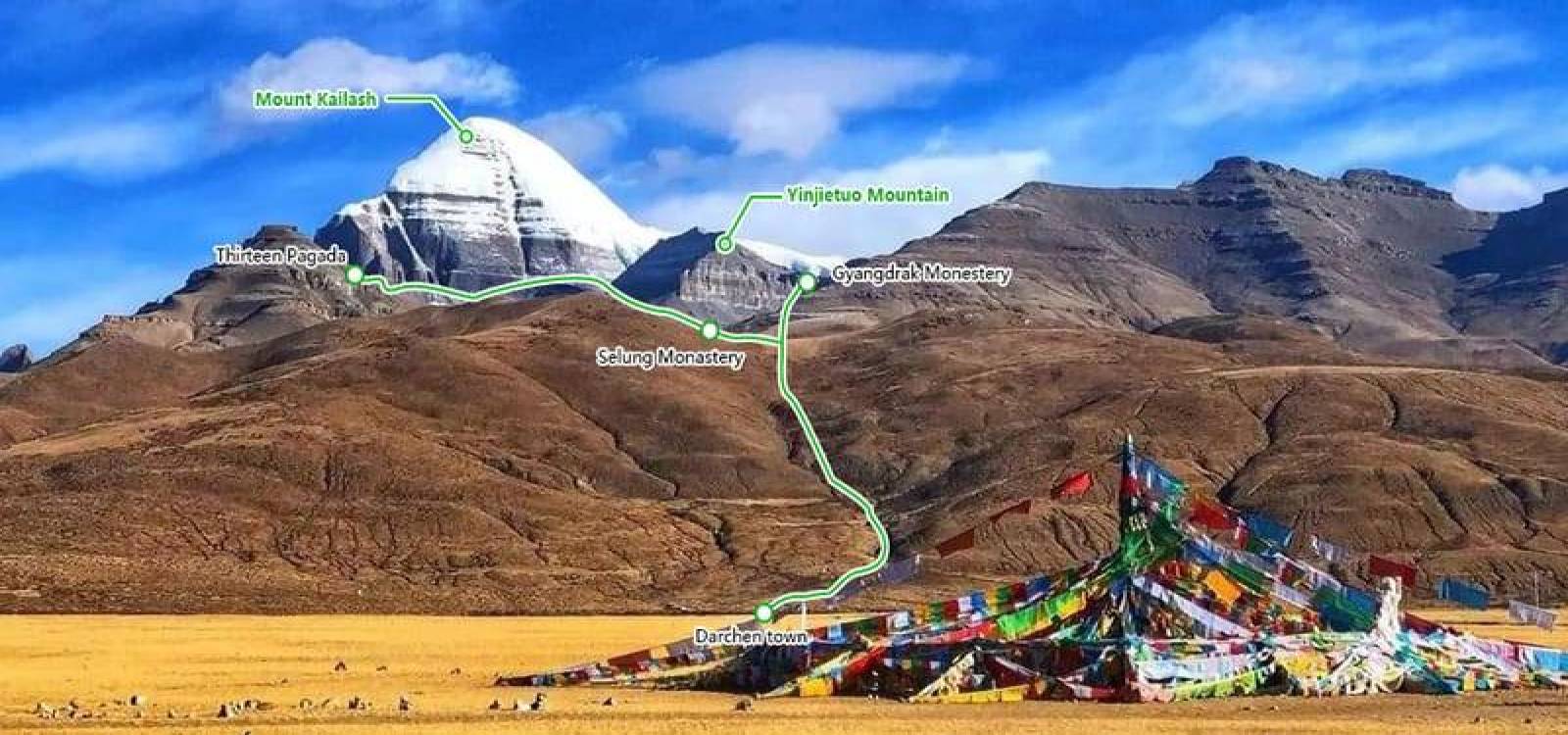Kailash Mansarovar Yatra: A Journey Beyond the Physical


Kailash Mansarovar Yatra isn’t just a pilgrimage—it's an inward journey wrapped in the raw grandeur of the Himalayas. Far from the noise of the world, this sacred path leads you to the very threshold of divinity and self-discovery.
The Sacred Magnetism of Mount Kailash
Towering at over 21,000 feet, Mount Kailash is not the highest peak in the region—but its spiritual gravity is unmatched. Revered by Hindus, Buddhists, Jains, and followers of Bon, Kailash is more than a mountain; it’s a symbol of cosmic power, believed to be the axis mundi—the center of the universe.
For Hindus, it is the abode of Lord Shiva. For Tibetan Buddhists, it's the home of Demchok, representing supreme bliss. Jains believe it’s where their first Tirthankara attained liberation, and followers of Bon see it as the seat of spiritual power.
No one climbs Mount Kailash. Unlike other revered peaks that have been conquered, Kailash remains untouched—cloaked in mystery and respect. Just to circumambulate it, a practice known as parikrama or kora, is considered to wash away sins of a lifetime.
Mansarovar: A Lake Like No Other
At the foot of Kailash lies the ethereal Lake Mansarovar—its name meaning "Mind Lake." Still, vast, and reflecting the infinite sky above, Mansarovar is considered one of the highest freshwater lakes in the world. The lake’s crystal-clear waters are said to cleanse not just the body, but the soul. Pilgrims take a ritual dip, brave the cold, and sip its sacred water with reverence.
Spending time near Mansarovar is profoundly humbling. The serenity of the lake, the stark landscapes, and the towering silence all around create a space where introspection comes naturally. Here, faith seems to resonate with the rhythm of nature.
A Test of Body and Spirit
This yatra is not an easy one. The terrain is tough, the altitude tests your lungs, and the minimal facilities challenge your comfort zone. But it is precisely this hardship that makes the journey so transformative. With each step, something within begins to dissolve—the ego, the distractions, the fear. In its place grows a sense of surrender, a profound connection to the divine, and a deeper understanding of the self.
It is said that one completes the Kailash parikrama only when “called” by the mountain. Many start, but not all finish. And that’s okay. Because this yatra, unlike a typical trek, is more about surrender than success.
Moments That Stay With You
The first glimpse of Kailash through the veil of clouds—silent, majestic, otherworldly.
The chants of fellow pilgrims echoing through the valleys.
The sense of camaraderie among strangers brought together by shared faith.
The tears that flow—not from exhaustion—but from an overwhelming sense of grace.
Why People Keep Returning
Some pilgrims return year after year. Not because they must, but because the experience leaves a void that only Kailash can fill. The mountain doesn't change—but it changes you. Each journey reveals a new layer of meaning, a new aspect of yourself.
Final Reflections
Kailash Mansarovar isn’t a destination. It’s a calling. You don’t just go there—you’re drawn. It’s a reminder that some journeys are not about reaching somewhere, but about becoming someone.
If you ever get the chance—or the call—listen. Because some journeys are meant to be walked with bare feet, full heart, and a soul wide open.


 Categories
Categories